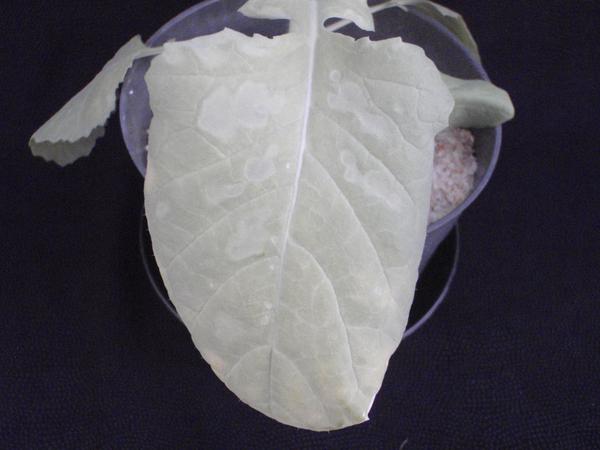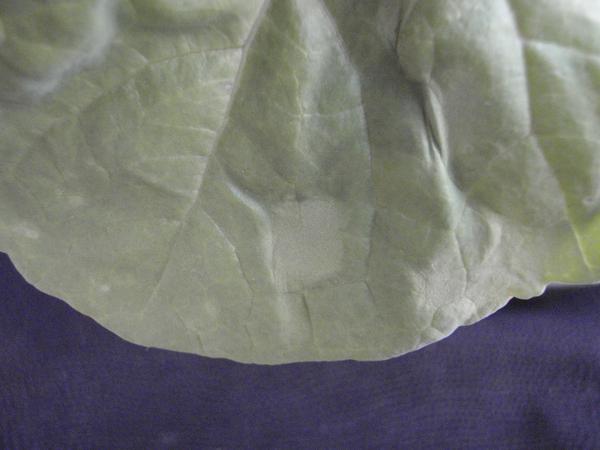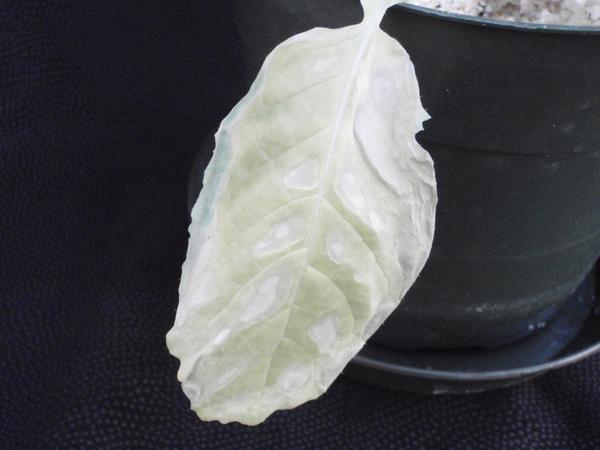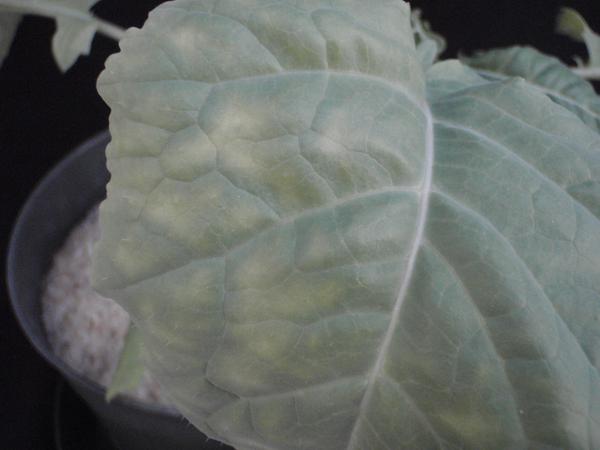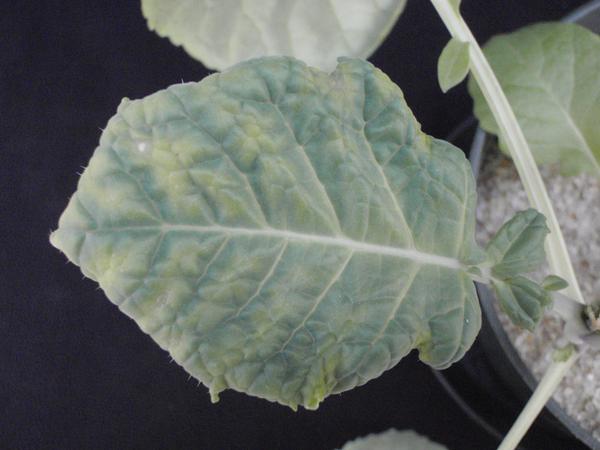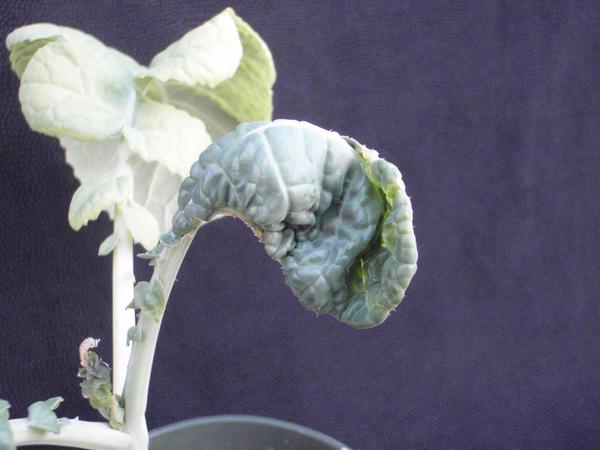From the Field - Agronomy Notes
In this Brassica carinata (Ethiopian mustard) research update, we highlight the symptoms of potassium deficiency. These images are part of a project by the Southeast Partnership for Advanced Renewables from Carinata (SPARC) to develop a diagnostic series for the identification of nutrient disorders of Carinata. Carinata is an exciting new crop in the Southeast used for a wide variety of primary and secondary agricultural products including cover crops, feedstock, high protein meal, and jet fuel. It is similar in management to canola given both canola and carinata are winter annual Brassica oilseed crops. However, carinata oil is not edible.
Symptoms
Potassium (K) is one of the three core macronutrients, and consequently, deficiency symptoms will manifest rapidly. Potassium is a mobile element, which means it will translocate from mature tissues to the younger tissue where it is needed. As such, deficiency symptoms will develop first on the lower foliage as the potassium moves from the older, lower foliage to the newer, upper foliage.
In Carinata, potassium deficiency will first manifest as an overall stunting of the plant when compared with a normal, healthy carinata. The next stage of potassium deficiency manifested as two distinct symptomology progressions based on cultivar. These two symptomology progressions both developed in unique ways and will be discussed individually as they progressed.
The least common symptomological progression manifested on the lower foliage as epidermal cracking of the cuticle especially along the midrib (Figure 1A). This cracking was accompanied with the onset of sunken, tan to slightly discolored green potions that manifested on and around the midrib (Figure 1B).
The other early potassium deficiency progression was more common. This symptomological progression started as forest green slightly sunken regions of the plant surface (Figure 1C). These regions had a very mild textural ruffling.
For the sunken tan spotting symptom track, the next symptomolgical progression was the increasing of the tan margins along the leaf’s surface (Figure 2A). For the forest green regions, the discolored regions also expanded but manifested as yellowing regions rather than tan regions (Figure 2B). As symptoms progressed, the tan regions eventually became necrotic forming regions which could be punched out, leaving a hole. The forest green symptomology continued to yellow and expand especially along the midrib and interveinal regions (Figure 3).
The advanced stages of potassium deficiency manifested as large regions of necrosis for both the tan symptomology track and the forest green track (Figure 4). In addition to these necrotic regions, the new growth of the potassium deficient plant showed severe signs of distortion often resulting in horribly twisted leaves (Figure 5A and Figure 5B). The final stage of deficiency manifests as complete necrosis and abscission of the lower leaves. To ensure proper diagnosis the above material should be used in conjunction with a leaf tissue sample and / or field test.
Key Contacts
Key Contact Central East:
Dr. Angela Post, NC State Univ. Department of Crop and Soil Sciences – angela_post@ncsu.edu
Dr. Carl Crozier, NC State Univ. Department of Crop and Soil Sciences – ccrozier@ncsu.edu
Key Contact South East:
Dr. Michael Mulvaney, UF/IFAS West Florida Research and Education Center – m.mulvaney@ufl.edu
Primary Authors: Paul Cockson, Dr. Carl Crozier, Dr. Ramon Leon, Dr. Michael Mulvaney, Dr. Angela Post, and Dr. Brian E. Whipker
Project Team: NC State Univ. personnel Paul Cockson (NC State B.S. student in Agroecology), Ingram McCall (Research Technician in Horticultural Science at NC State), Dr. Carl Crozier (Professor and Extension Specialist at NC State), Dr. Ramon Leon (Assistant Professor at NC State), Dr. Angela Post (Assistant Professor and Extension Specialist NC State), and Dr. Brian Whipker (Professor of Floriculture and Plant Nutrition in Horticultural Science at NC State). Univ. of Florida personnel Dr. Michael Mulvaney (Cropping Systems Specialist at UF/IFAS West Florida Research and Education Center.
Publication date: Jan. 1, 2021
N.C. Cooperative Extension prohibits discrimination and harassment regardless of age, color, disability, family and marital status, gender identity, national origin, political beliefs, race, religion, sex (including pregnancy), sexual orientation and veteran status.


